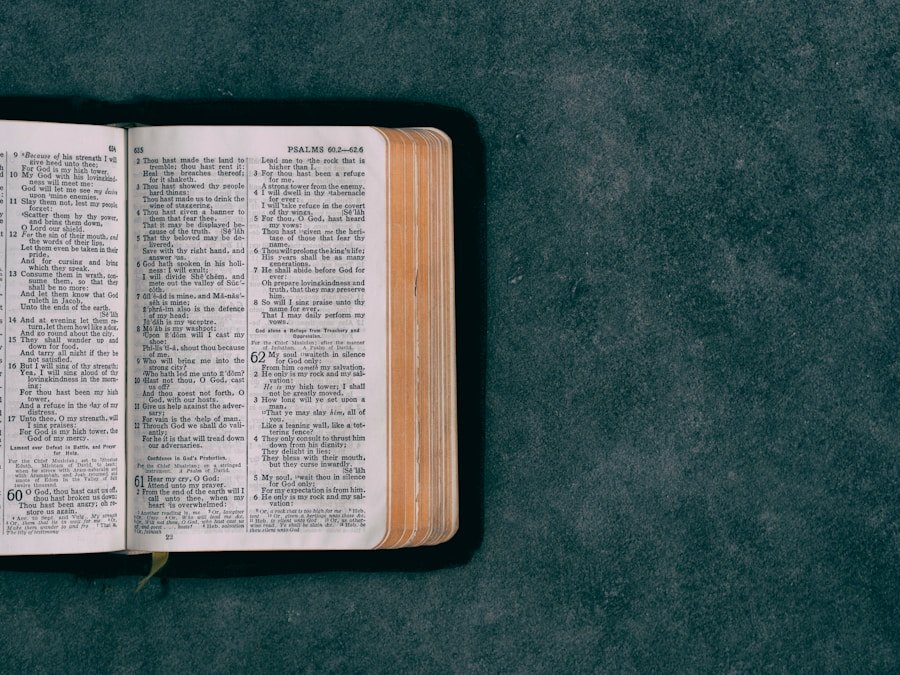Flags have been used throughout history to represent nations, organizations, and religions. In theology, flags have been used to represent denominations and theological beliefs. One such flag that has a rich history and theological significance is the Reformed Theology Flag. This flag originated in the Netherlands in the 16th century and was used by Dutch Calvinists to represent their theological beliefs and resistance against Spanish rule. The flag features three colors: red, white, and blue.
Origins of Reformed Theology Flag: A Brief Historical Overview
The Reformed Theology Flag originated in the Netherlands in the 16th century during the time of the Protestant Reformation. It was used by Dutch Calvinists to represent their theological beliefs and resistance against Spanish rule. The flag features three colors: red, white, and blue.
During this time, the Netherlands was under Spanish rule and the Dutch Calvinists faced persecution for their religious beliefs. They used the Reformed Theology Flag as a symbol of their resistance and commitment to their theological beliefs. The flag became a rallying point for Dutch Calvinists and a symbol of their fight for religious freedom.
Theological Significance of the Colors on the Flag
The colors on the Reformed Theology Flag hold significant theological meaning. The red on the flag represents the blood of Christ and the sacrifice he made for humanity. It symbolizes the central belief of Reformed theology that salvation is through faith in Christ’s atoning work on the cross.
The white on the flag represents purity and righteousness, which believers receive through faith in Christ. It symbolizes the belief that believers are made righteous before God through Christ’s sacrifice and are called to live lives of holiness.
The blue on the flag represents the sovereignty of God and his rule over all things. It symbolizes the belief that God is in control of all aspects of life and that believers are called to submit to his authority.
The Role of the Reformed Theology Flag in the Protestant Reformation
During the Protestant Reformation, the Reformed Theology Flag played a significant role in the resistance against Spanish rule and the spread of Reformed theology. Dutch Calvinists used the flag as a symbol of their commitment to their theological beliefs and their fight for religious freedom.
The flag became a rallying point for Dutch Calvinists and a symbol of their resistance against Spanish rule. It represented their unity and identity as a community of believers who were willing to stand up for their faith.
The Spread of Reformed Theology and the Flag’s Popularity
As Reformed theology spread throughout Europe and the world, the Reformed Theology Flag became more popular. It was used by Reformed churches and organizations to represent their beliefs and identity.
The flag became a symbol of unity among Reformed believers and a way to identify themselves as part of the Reformed tradition. It served as a visual representation of their theological beliefs and a reminder of their commitment to those beliefs.
The Use of the Flag in Worship and Religious Ceremonies
The Reformed Theology Flag is often used in worship and religious ceremonies by Reformed churches and organizations. It serves as a reminder of the theological beliefs and identity of the community.
The flag may be displayed in the sanctuary during worship services or used in processions during special ceremonies. It is a visual representation of the community’s commitment to their theological beliefs and a way to visually express their identity as Reformed believers.
The Flag’s Role in the Formation of Reformed Denominations
The Reformed Theology Flag played a role in the formation of Reformed denominations, such as the Presbyterian Church and the Reformed Church in America. It served as a symbol of unity and identity for these denominations.
The flag represented the theological beliefs and identity of these denominations and helped to unite believers under a common banner. It served as a visual representation of their commitment to Reformed theology and their desire to live out their faith in community with others.
The Flag’s Symbolism in Contemporary Evangelicalism
The Reformed Theology Flag has become a symbol of Reformed theology within contemporary evangelicalism. It is often used by Reformed churches and organizations to represent their beliefs and identity.
The flag serves as a visual representation of the theological beliefs and identity of Reformed believers within the broader evangelical movement. It helps to distinguish them from other theological traditions and serves as a reminder of their commitment to Reformed theology.
The Flag’s Influence on Reformed Theology Art and Literature
The Reformed Theology Flag has influenced art and literature within Reformed theology. It has been featured in paintings, sculptures, and literature as a symbol of Reformed theology and identity.
Artists and writers have used the flag as a way to visually express their theological beliefs and to celebrate the rich history and heritage of the Reformed tradition. The flag has become an iconic symbol within Reformed theology and is often used to represent the theological beliefs and identity of the community.
Controversies Surrounding the Reformed Theology Flag
Like any symbol, the Reformed Theology Flag has been the subject of controversy within Reformed theology. Some have criticized its use as a symbol of division and exclusivity.
Critics argue that the flag can be seen as promoting a sense of superiority among Reformed believers and can create barriers between different theological traditions. They argue that it is important to focus on the unity of all believers in Christ rather than emphasizing theological differences.
The Enduring Legacy of the Reformed Theology Flag
The Reformed Theology Flag has a rich history and theological significance within Reformed theology. It has served as a symbol of resistance, unity, and identity for Reformed churches and organizations.
Its enduring legacy continues to influence Reformed theology and identity today. The flag serves as a visual representation of the theological beliefs and identity of Reformed believers and a reminder of their commitment to their faith. It is a symbol that has stood the test of time and continues to be a source of inspiration and pride for Reformed believers around the world.




hey there and thank you for your information – I have definitely picked up anything new from right here.
I did however expertise a few technical points using this
web site, as I experienced to reload the site a lot of times previous to I could get it
to load correctly. I had been wondering if your web hosting is OK?
Not that I am complaining, but sluggish loading instances times will sometimes
affect your placement in google and can damage your quality score
if advertising and marketing with Adwords. Anyway I am adding this RSS to my email and can look out for much more of your respective fascinating content.
Ensure that you update this again very soon..
Escape room
We absolutely love your blog and find most of your post’s
to be what precisely I’m looking for. can you offer guest
writers to write content for you personally?
I wouldn’t mind writing a post or elaborating on some of the subjects you write related to here.
Again, awesome website!